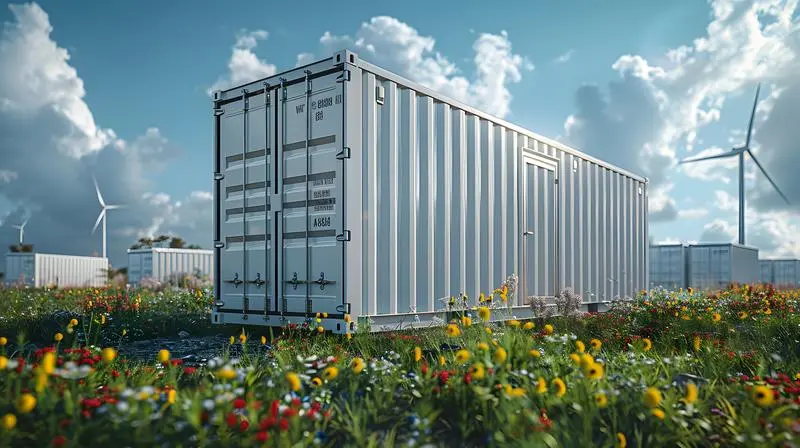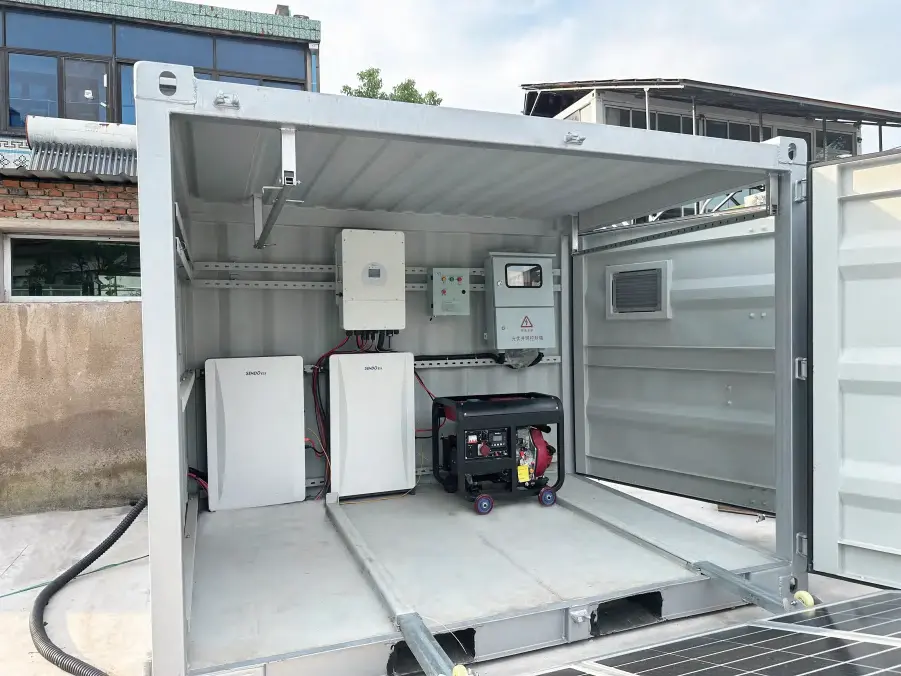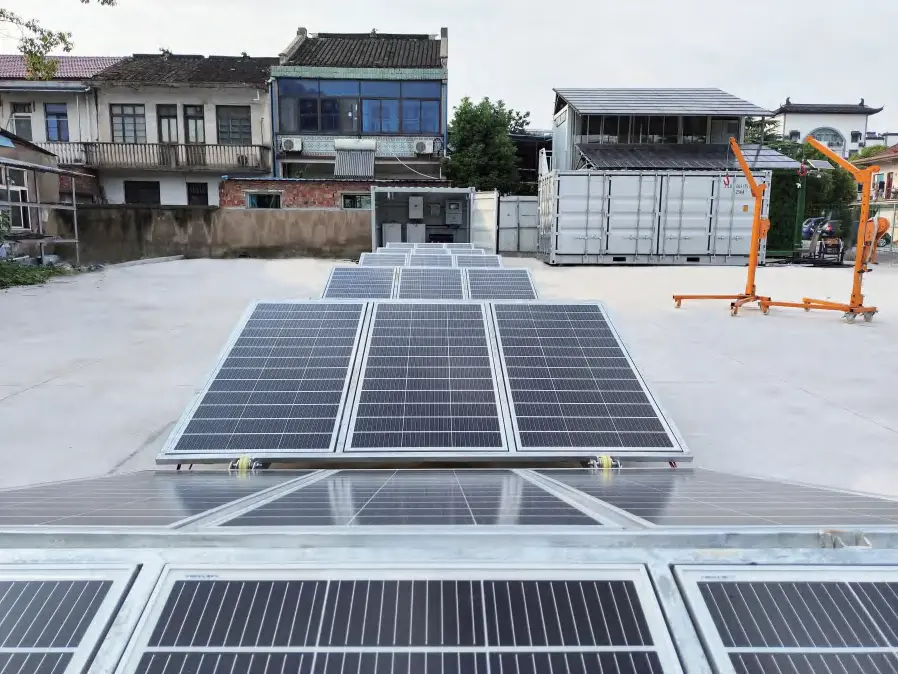So you're thinking of lighting up your home, workspace, or off-grid clinic with a solar container. It sounds like a great idea. Then suddenly the inevitable question pops into your head:
Do solar containers work on cloudy days?
Because let's face it—unless you're chillin' in the middle of the Sahara, sunshine is not gonna happen. So, how reliable can you really expect solar containers to be when the sky isn't exactly shining?
Let's dive into the science, real-world uses, and interesting nuggets on the performance of solar containers on less-than-cloud-free days.
Short Answer: Yes, Solar Containers Do Work on Cloudy Days—But…
Yes, solar containers do function on cloudy days—simply not at full capacity. Even in clouds, solar panels can still absorb diffused light, the kind that scatters around through clouds.
But here's the catch: energy production generally drops to 10% to 40% of normal capacity based on cloud thickness.
Thus, solar containers will not darken, but they will run at reduced output. That's where clever design, batteries, and energy management come in.
How Solar Containers Sustain When the Sun Doesn’t
Most modern solar containers are built with adverse weather in consideration. Here's how they stay usable when the skies darken:
1. Battery Storage Systems
Most of them use lithium iron phosphate (LiFePO₄) batteries, which store excess energy produced during the sunny phase and release it later. It's like charging your cellphone all day so you can use it at night—or afternoons when there's cloud cover.
Storage capacity ranges from 5 to 30 kilowatt-hours, depending on the container used. This is enough to power:
- Minimal lights and phones for 24+ hours
- A fridge and laptops for 12–16 hours
- Medical equipment (e.g., vaccine fridges) continuously with smart load control
2. Energy Management Systems (EMS)
Smart containers include a built-in EMS to monitor and optimize how energy is used. During cloudy conditions, EMS can:
- Prioritize critical loads (like lights or medical tools)
- Turn off non-essential devicesautomatically
- Track remaining battery lifevia app or screen
In short, it’s not just about having energy—it's about using it wisely.
3. Hybrid Power Options
Some containers are hybrid-capable: They can convert to generator or grid power if available. That way, you have solar most of the time and backup when you need it most.
Rainy days do not necessarily mean downtime. They just mean that the system has to think smarter.

A Real Example: Solar Containers during Monsoon Season, India
During Kerala's monsoon season, a 10kW solar container-powered mobile health clinic treated rural villages with dense cloud cover for weeks.
Here's what happened:
- During peak rain, solar input dropped to 25–30%
- The system relied on its 20kWh battery bank to continue operating
- With smart load shifting, they operated critical equipment for 36 hours consecutively without sun
- The EMS sent notices to staff to conserve power as battery dipped below 20%
Result? No diesel. No power outages. And no delayed patient consultations.
But What If It’s Cloudy for Days?
Here's the reality check: no solar system is 100% immune to poor weather for more than a few days. But here's what is in their favor:
- Oversizing the panel array: More panels = more energy even in poor light
- Stackable battery modules: More storage = longer self-sufficiency
- Load flexibility: Designing for what can be turned off when needed
- Intelligent alerts: Alerting you to save or transition into reserves
And if you've been wondering.
"Can I depend on a solar container for rainy or cold conditions?"
The answer is: Yes, if it's the right size and stores.

Trends That Enhance Performance on Cloudy Days (2025 and Beyond)
The solar container market is evolving fast. Here are some of the 2025 trends that enhance cloudy-day performance even better:
- Bifacial Panels
They can pick up light from top and bottom surfaces—great for diffused light situations.
- AI-Driven Load Forecasting
The EMS is now predicting cloud cover and pre-optimizing usage.
- Hydrogen Backup Integration
Some future-proof solar containers also stockpile excess energy as hydrogen, which can be utilized even during week-long storms.
So, basically, solar containers are no longer boxes with panels anymore—they're intelligent power centers that can predict.
If you were going to power your business or home for five storm days, would you rather use:
A noisy, dumb, fuel-burning generator that needs to be refilled, breaks down, and stinks? Or a silent, smart, solar-powered box that just continues to run—with no gas required?
The choice isn't just about energy. It's about independence, ruggedness, and control.

